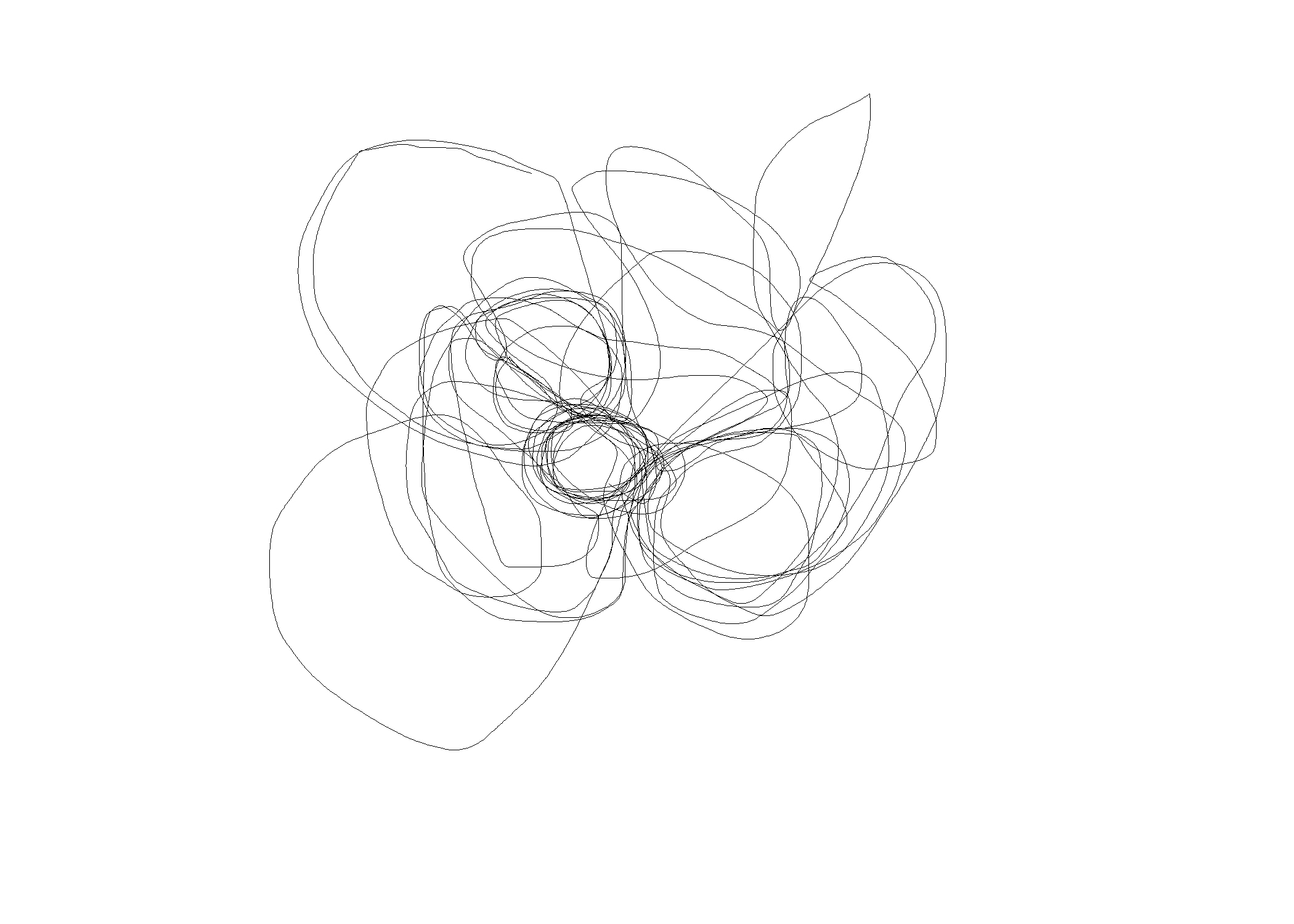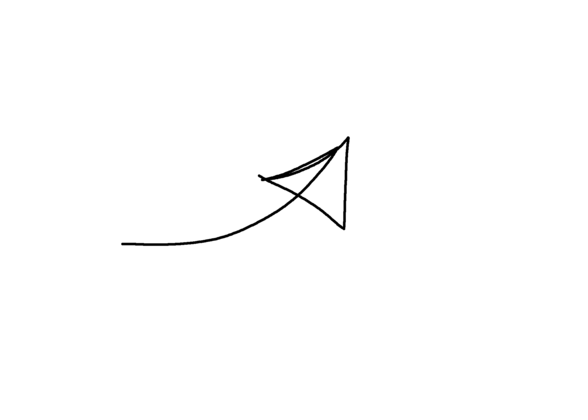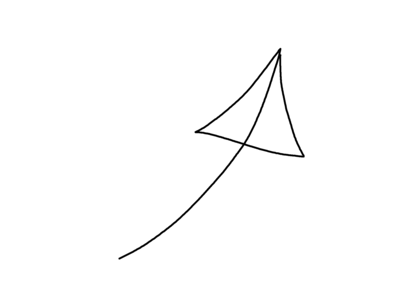I am sitting on a stool,
my senses are engaged with the emptiness of the room yet are focused
on the background noise,
that often comes from the road outside of the building.
Soon, the sounds of the footsteps of middle schoolers fill the room...
Students appear pleased to see each other as they start talking to each other, there seems to be joy in their voice.
The first twenty minutes of the session is meant to be
only for sketching—It is 9:10 am and students are still entering the room.
In my practice of the sounding art, I use sound as a tool for a profound change to re-adapt our listening and better understand the cross-spatial, cultural, geographic, ethnic, and gendered prejudicial borders.
I find that we understand sound from its connections to human experience and how these experiences are often drawn from the meanings of our everyday life knowledge—embodied knowledge.
The Musical Sounds of Saturday Art School:
Exploring Embodied Sound Knowledge
The opening portion of this piece offers a glimpse into the Saturday Art School where middle schoolers are engaged in various art activities, including sketching and sculpture-making. The sounds of the room, from the footsteps and chatter of the students to the sound of art materials, provide a backdrop my observations.
This setting offers a unique opportunity to explore the relationship between sound and cultural production. Murray Shafer's concept of the soundscape as an acoustic field of study is particularly relevant here. Shafer sees soundscape as akin to a musical composition, with different components contributing to a specific musical component. Shafer's differentiation between "keynote sounds and sound-marks" offers a framework for understanding how certain sounds may be imprinted on us.



